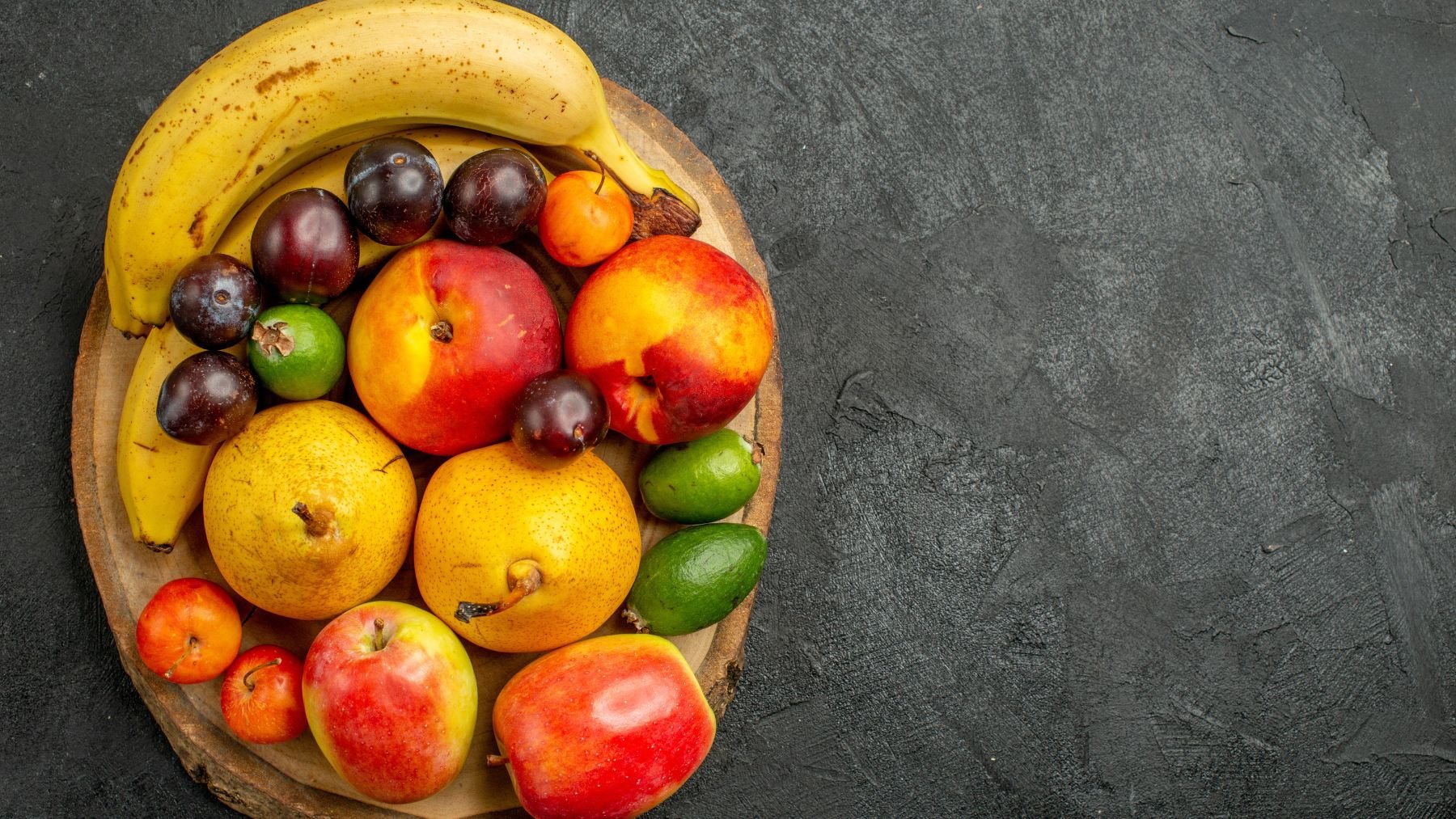Eating fruits and vegetables is widely encouraged as part of a healthy diet—but not all produce is created equal when it comes to pesticide contamination. In 2025, new data from nearly 54,000 USDA samples has revealed just how much pesticide residue still lingers on the fruits and vegetables sold across the country.
While many consumers wash or peel their produce before eating, that isn’t always enough. This year’s updated EWG’s Shopper’s Guide to Pesticides in Produce™ not only measures how many chemicals were found, but also how toxic they are to humans. And some of the findings are more concerning than ever.
This is the fruit with the highest pesticide residue in the US in 2025
This fuzzy summer favorite landed in fifth place among the most pesticide-contaminated fruits in the US. in 2025. Peaches, often eaten raw and unpeeled, were found to carry significant amounts of residue—even after being washed.
In fact, nearly all non-organic peach samples tested showed pesticide presence, many with multiple residues. The most concerning part is that these aren’t just trace amounts: the average peach sample contained several chemicals, including substances linked to hormone disruption and developmental harm in lab studies.
This put peaches right alongside other notorious entries on the Dirty Dozen™, EWG’s list of the fruits and vegetables with the highest pesticide loads. While the list changes slightly each year, the presence of peaches near the top in 2025 highlights the importance of knowing where your produce stands.
What other fruits and vegetables made the Dirty Dozen™ in 2025?
The full list of most contaminated produce includes:
- Spinach
- Strawberries
- Kale, collard and mustard greens
- Grapes
- Peaches
- Cherries
- Nectarines
- Pears
- Apples
- Blackberries
- Blueberries
- Potatoes
- Bell and hot peppers
- Green beans
These items weren’t just found to have pesticide residues—they often had multiple chemicals on a single sample. Green beans and leafy greens topped the list when both the amount and toxicity of pesticides were considered. Blackberries also entered the list for the first time this year, with over 90% of samples testing positive.
Notably, potatoes now appear on the Dirty Dozen due to chlorpropham, a chemical used after harvest to prevent sprouting. Though banned in the EU, it’s still commonly applied to U.S. potatoes.
These are the fruits and vegetables with the lowest pesticide residue in the US
If you’re looking to minimize pesticide exposure without switching entirely to organic, the Clean Fifteen™ offers safer bets. These are the conventionally grown fruits and vegetables that tested lowest for pesticide residues and toxicity:
- Pineapple
- Sweet corn (fresh and frozen)
- Avocados
- Papaya
- Onions
- Sweet peas (frozen)
- Asparagus
- Cabbage
- Watermelon
- Cauliflower
- Bananas
- Mangoes
- Carrots
- Mushrooms
- Kiwi
Nearly 60% of samples from the Clean Fifteen™ had no detectable pesticide residues at all, and the majority had only one or none. Even new additions like bananas and cauliflower ranked low in both residue and toxicity, making them excellent choices for everyday meals.
When possible, buying organic is one way to reduce exposure. But even within conventional produce, knowing which fruits and vegetables are cleaner can help consumers make better decisions without sacrificing nutrition. Informed shopping doesn’t mean eating less produce—just choosing smarter options that support your health with every bite.

